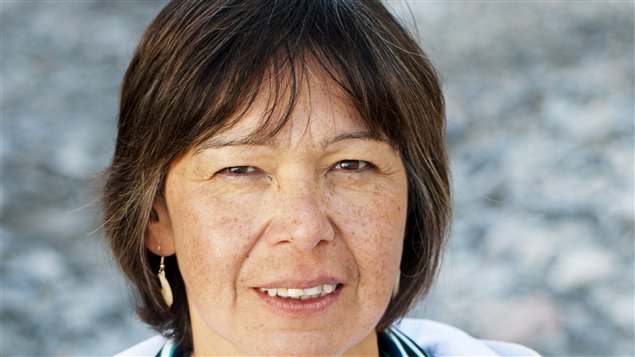Each week, Eye on the Arctic features stories and newsmakers from Canada’s northern regions.
The plight of the George River caribou herd in Canada’s Atlantic province of Newfoundland and Labrador continues to baffle scientists, government and locals.
Once numbering as much as 800,000 animals 30 years ago, recent estimates have put the herd’s population at around 27,000.
Earlier this year, the government of Newfoundland and Labrador banned the hunt of George River caribou for a period of five years.
The ban also applies to Inuit and First Nations hunters in the region who rely on the herd for food and for whom the caribou is an important part of traditional culture.
Recently, Inuit and First Nations from the Labrador region and the neighbouring province of Quebec, formed the Ungava Peninsula Caribou Aboriginal Round Table in order to speak with one voice on caribou conservation.
The group includes Inuit, Innu and Inuit/Metis from Labrador and Inuit, Innu, Naskapi and Cree from Quebec.
They’re calling for a concrete plan, developed with full Inuit and First Nations participation, to protect the caribou herds central to their culture.
To find out more, Eye on the Arctic’s Eilís Quinn spoke to Sarah Leo, president of Labrador’s self-governing Inuit region of Nunatsiavut and co-chair of the Ungava Peninsula Caribou Aboriginal Round Table.
ListenRelated Links:
N.L. government bans hunt for George River caribou, CBC News







For reasons beyond our control, and for an undetermined period of time, our comment section is now closed. However, our social networks remain open to your contributions.